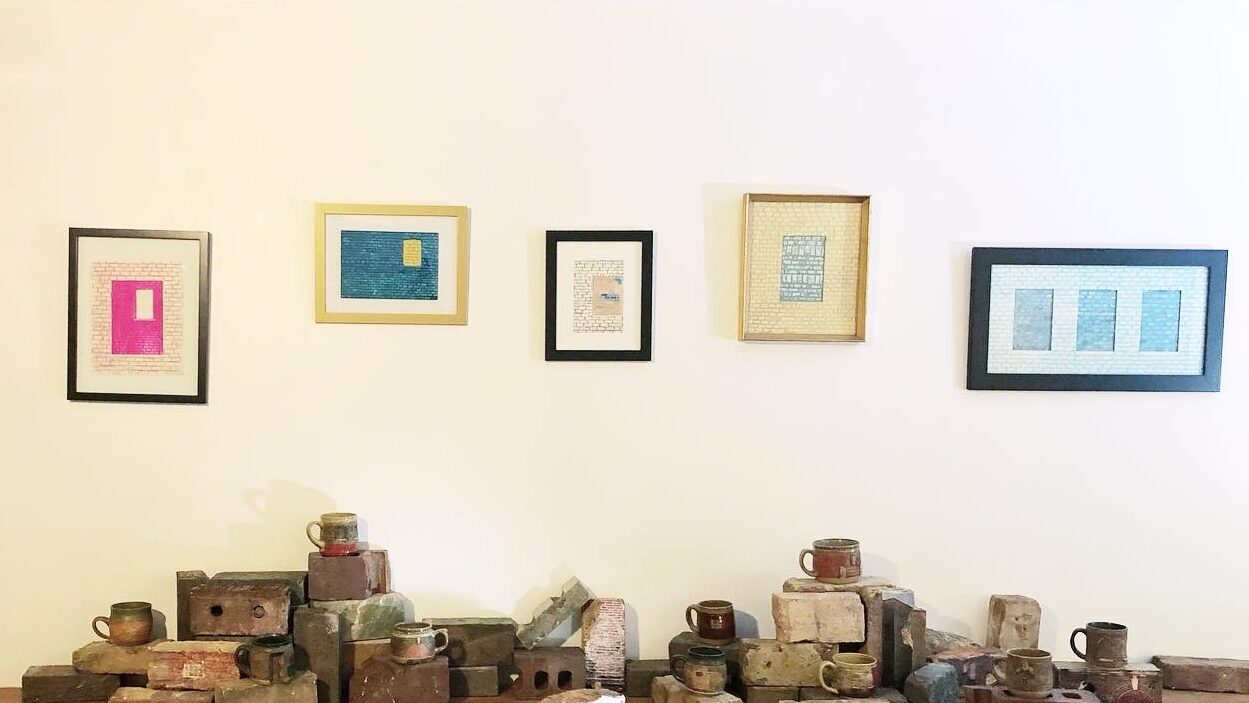11.12.2022
629 W Cermak

Exhibition Statement
Bricked up windows are an everyday sight for those who walk down side streets and alleyways, or take the el, to get around the city of Chicago. At the ground level, some block what once were coal or ice delivery doors. Others, adjacent to the tracks, offer privacy and muffle the sound of passing trains. They can also be spotted checkered along walls next to vacant lots, where a building was demolished that had been built after, and too close to, its neighbor. Bricked up windows are not examples of beautiful craft and are almost unnoticeably common. However, they are instantly recognizable to Chicagoans when they are isolated in a photo, painting, or sculptural object. The viewer will soon start noticing them everywhere, and even developing particular tastes about which is an especially “good” bricked up window.
Bric-a-brac does not refer to a single object, but rather an assortment of objects that are worthless apart from their intangible value.
Chicago is world-renowned for its architecture, from the Wrigley building to Chicago Vocational High School to the Emil Bach House to Marina City. These landmarks are the dazzling results of ambitious plans that capture the imagination of preservationists, tourists, and locals alike. However, this exhibition serves as a reminder that iconic Chicago architecture is not limited to the city’s attractions, but also include its particular repertoire of hasty renovations to account for changing uses of urban space, slapdash repairs, and the massive wave of demolitions during “urban renewal.” The importance of the bricked up window lies not in their ability to reflect the major stories and figures of Chicago history, but with how they serve as a subtle visual archive of how regular multifamily and industrial buildings changed over the 20th century and how life changed for the working class.

Artist Statement
My current work focuses on the background of everyday life in Chicago: the brick. This set of mugs features bricked up windows, pulling together ordinary exterior spaces and the domestic ritual of drinking coffee, clay with sharp angles and clay with organic curves, past windows and present walls, and architectural afterthoughts usually hidden around the back or side of a large multifamily building and featured motifs in small-scale ceramic vessels. I hope that these juxtapositions encourage the observer to consider traces of the past in our built environment. Furthermore, I created these objects to pose the question: how does the medium of clay shape the way we use and move through spaces in our daily lives? This set further teases out the work I did for my dissertation on mutually constitutive relationships between urban space and cultural memory in the 20th century.
